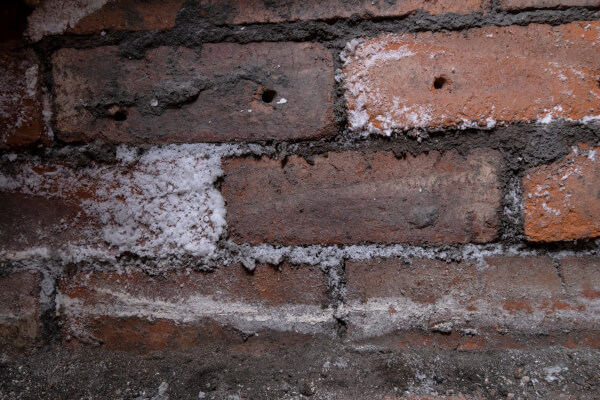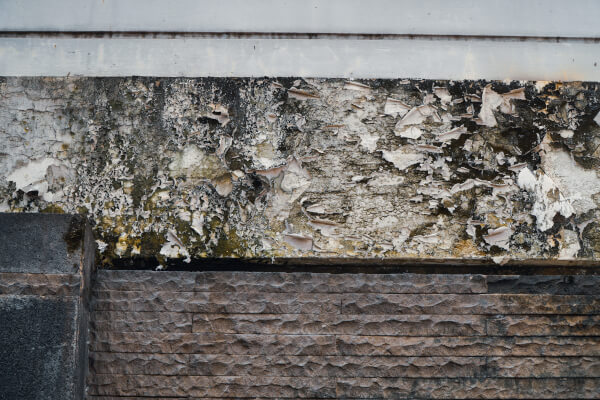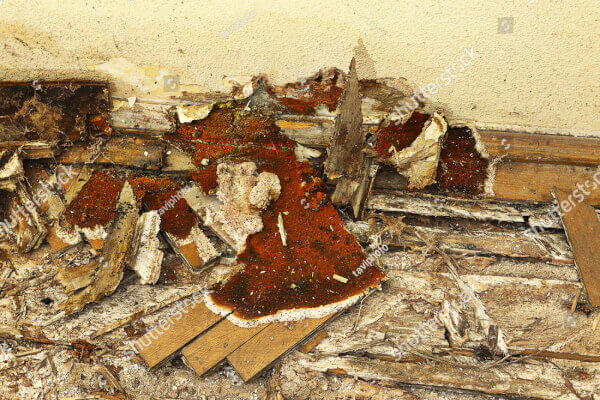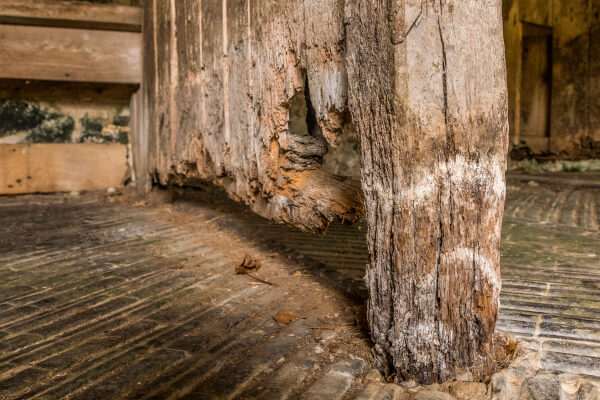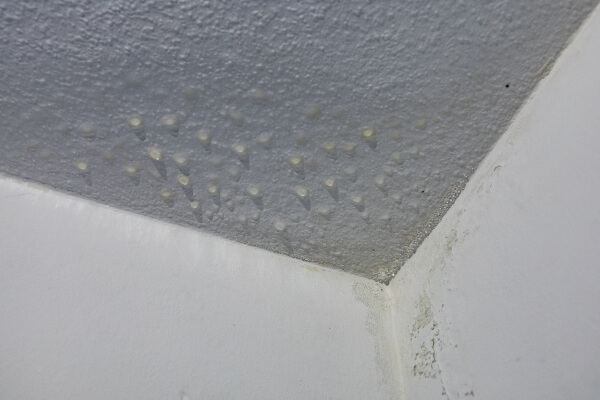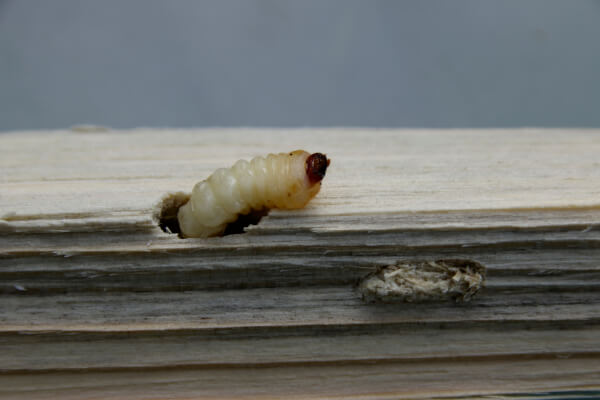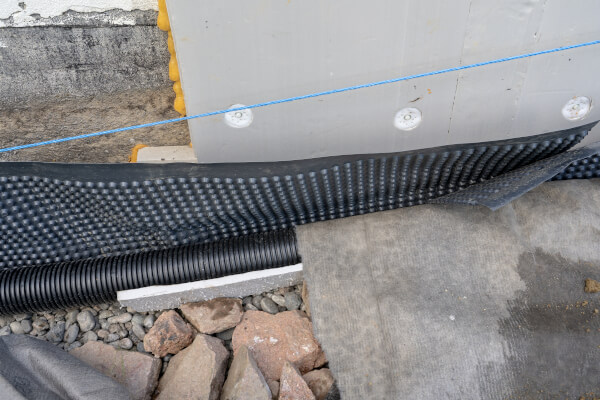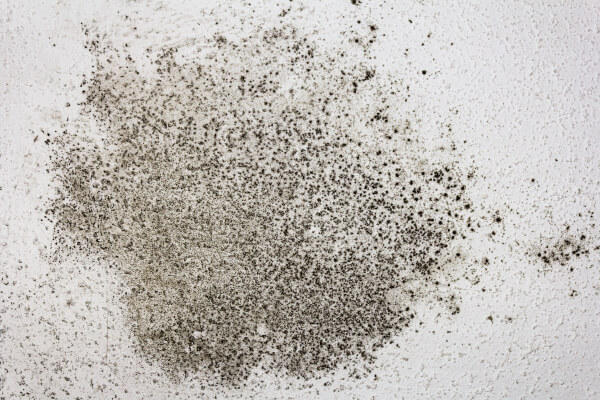The Wet Rot Specialist
in Nottingham
Award-Winning wet rot treatment specialists who can provide professional advice, carry out a property survey and provide effective treatment solutions.
Have you observed any signs of wet rot damage in your property? If so, this page offers comprehensive information on the causes of wet rot, its potential risks, and how to effectively address this timber-damaging issue.
This damp-related problem can cause significant harm to your property's structural integrity. It’s essential to have your home inspected by a experienced wet rot specialist, as improper assessments may result in incorrect repairs. Contact your local branch to discuss your property’s issue in detail.
What Causes Wet Rot?
Wet rot occurs when timber is exposed to excessive moisture, raising its moisture content above 20%. This provides an ideal environment for wet rot spores to germinate and attack the wood. Several types of dampness can lead to this condition, including rising damp, plumbing leaks, condensation, and penetrating damp. Common causes of these damp issues include failures in the damp proof course, faulty plumbing, leaking gutters, damaged roof coverings, and inadequate external render.
Timbers affected by damp conditions become a breeding ground for rot, as the moisture enables the spores to feed on and degrade the wood cells. If left untreated, wet rot can cause significant structural damage by weakening the timber. Fortunately, this type of rot is confined to the localized damp timber and does not spread through masonry.
How to Identify Wet Rot
Rot-related issues can often appear similar, but wet rot has distinct characteristics. Wood affected by wet rot typically feels soft and spongy, with a darker color than normal wood due to the increased moisture content and fungal growth. When conducting an initial assessment, look for these common signs:
- Discoloration of the timber
- Damaged paint finish, which exposes cracked timber beneath
- Soft, spongy texture when touched
- Visible fungal strands (mycelium) on the timber
- Wet rot is confined to the damp area and does not spread widely
- Shrinkage and cracking of the affected timber
- Damp, musty odor
Fortunately, wet rot does not spread as extensively as dry rot. However, if left untreated, it can still cause significant structural damage. In some cases, where no obvious fungus is present, it can be challenging to differentiate between wet rot and dry rot.
To accurately diagnose and address the issue, it is advisable to consult with one of our property care surveyors. They can identify the type of rot affecting your property and recommend the appropriate treatment to eliminate the problem. Contact your local branch for expert advice or to schedule a property survey.


